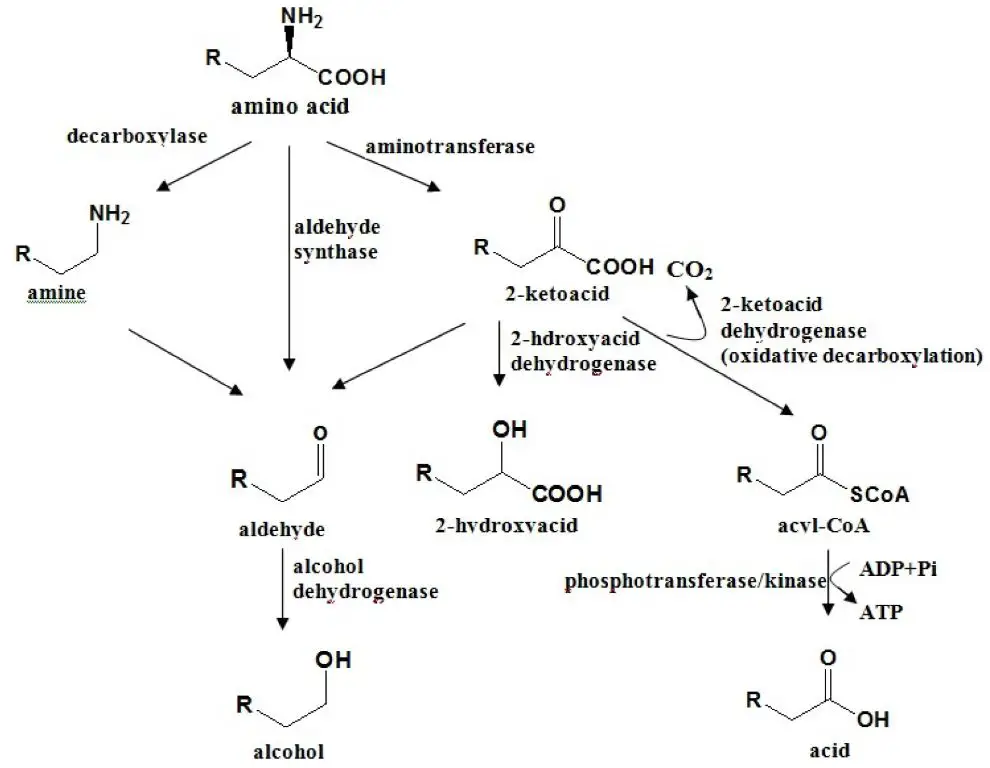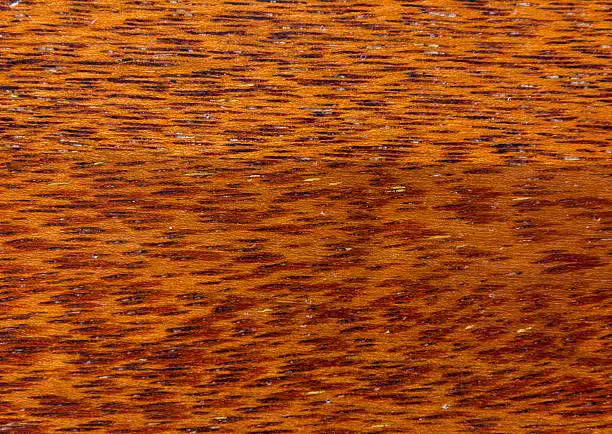What Is The Black Current Scent?
What is Black Currant?
Black currant is a shrub that produces edible black berries that are commonly used in jams, juices, and baking. It is a member of the Grossulariaceae family and the Ribes genus. Some key facts about black currant:
Black currant plants grow to about 1-2 meters in height and have woody stems with dark brown bark. The leaves are alternate, simple, 3-5 lobed with serrated edges. Flowers bloom in spring in pendant racemes and develop into tiny, spherical berries that ripen to a deep black color in mid to late summer [1].
Native to parts of Northern and Central Europe and Asia, black currants grow best in cool climates with adequate moisture and sunlight. They prefer loamy, fertile soil that is slightly acidic. Black currants are now cultivated around the world, with major production in Europe, New Zealand, and Chile [2].
The edible berries have a tart, sweet flavor and musky aroma. They can be eaten raw but are more commonly used cooked and processed into jams, juices, syrups, and alcoholic beverages. Black currants are nutritious, high in vitamin C and antioxidants [3].
Scent and Aroma Compounds
Black currant has a unique and distinctive aroma that comes from its complex mix of volatile compounds. Research shows that gamma-decalactone, 4-methoxy-2-methylbutan-2-ol, and several monoterpene hydrocarbons like limonene are key contributors to the characteristic black currant scent (Pagès-Hélary, 2022). Gamma-decalactone, in particular, provides black currant with its sweet, peach-like notes. At higher concentrations, it smells like coconut. Meanwhile, 4-methoxy-2-methylbutan-2-ol lends fresh, minty nuances. The monoterpenes add bright, citrusy top notes to round out the fruity aroma profile.

In addition to these major odor compounds, trace amounts of other volatile substances like linalool, geraniol, and caryophyllene contribute subtle floral, woody, and spicy nuances to black currant’s rich sensory experience.
Influence and Uses
The black currant aroma is used extensively in perfumery and aromatherapy for its distinctive fruity and berry-like scent. Some of the popular fragrances with black currant notes include Yves Saint Laurent Black Opium, Hermes Un Jardin Défendu, Gucci Guilty Black, Guerlain La Petite Robe Noire Black Perfecto, and Tom Ford Black Orchid.
In perfumes, black currant adds a rich, sweet fruitiness often described as cassis or ribena. It blends well with woody, floral, and spicy notes like patchouli, rose, and pink peppercorn. Black currant is commonly used in women’s fragrances but also found in some men’s colognes.
The aroma is valued in aromatherapy for its energizing and stimulating effects. It’s thought to help uplift mood, boost mental alertness, and even encourage creativity. Black currant essential oil can be diluted and applied topically or diffused aromatically.
Beyond fragrance, black currant is popularly used in beverages, jams, jellies, desserts, and candies. The berries add a deep purple juice with a tart, tangy taste often described as musky. Black currant flavor is commonly used in fruit teas, juices, yogurt, ice cream, sorbets, and liqueurs. The leaves are also used in some teas.
Overall, black currant’s unique scent and taste make it a versatile ingredient across perfumery, aromatherapy, food, beverages, and more. Its fruity aroma profile gives it wide appeal for personal and commercial use.
Olfactory Experience
Black currant has a very distinct sweet and fruity aroma. Some of the most common descriptors used for the scent of black currant include jammy, tangy, tart, and juicy1. The smell is often described as a cross between red and green berry notes, with a rich depth and slight muskiness. When used in perfumes and fragrances, black currant adds a sweet yet crisp fruity accent.
The main aromatic compound in black currant is gamma-decalactone, which gives it a characteristic peach-like note2. There are also trace amounts of compounds like geraniol, maltol, and ionones which add floral, caramel, and woody nuances. At high concentrations, black currant can take on more pungent, cat urine-like odors. But when balanced well, it rounds out fruit accords and blends nicely with white florals like jasmine and gardenia.
Health Benefits
Black currant essential oil and extracts have been used for centuries in traditional medicine due to the many potential health benefits. According to WebMD, black currant contains gamma-linolenic acid (GLA), an omega-6 fatty acid that may help reduce inflammation and improve immune function. Studies show GLA may also help ease symptoms of premenstrual syndrome and menopause.
The phenolic compounds in black currant act as antioxidants that can help neutralize free radicals and oxidative stress. Black currant is also rich in vitamin C, providing immune-boosting and antioxidant effects. According to Wholesale Botanics, the flavonoids in black currant may help protect the skin from sun damage and repair existing damage as well.
Some research indicates black currant seed oil may benefit eye health by increasing blood flow. It also contains proanthocyanidins that support vascular health. More studies are needed, but black currant shows promise for improving circulation and cardiovascular function.
Psychology and Emotions
The scent of black currant has been found to evoke strong feelings and emotions due to its unique and complex aroma profile. According to research, the fruity, sweet, and tart notes of black currant can stimulate the release of dopamine and serotonin in the brain, eliciting positive emotions like joy, comfort, and relaxation (https://www.airscentdiffusers.com/black-currant/).
Many describe the black currant scent as reminiscent of succulent, ripe berries, evoking a sense of indulgence and pleasure. Its rich, deep aroma is said to be reminiscent of memories from childhood of picking and eating fresh berries off the bush during warmer seasons. This can stir nostalgic emotions like sentimentality, wistfulness, and happiness (https://www.reddit.com/r/fragrance/comments/xidpy3/blackcurrants_as_notes_they_are_so_yummy/).
The complexity of black currant, with its facets of sweet yet tart, fruity yet green, makes it intriguing and contemplative. Its luxurious fullness when blended with complimentary notes like pineapple and rose can also evoke feelings of romance, sensuality, and sophistication.
Industry and Market
The black currant concentrate market is estimated to reach $3.59 billion by 2027, growing at a CAGR of 8.2% from 2022-2027 (Global Blackcurrant Concentrate Market Forecast 2022-2027). Black currant aroma is widely used commercially in fragrances, soaps, candles, and other personal care products.
Blackcurrant is a popular note in perfumes and colognes, valued for its deep, rich fruitiness. Major perfume houses like Guerlain, Yves Saint Laurent, Jo Malone, and Serge Lutens utilize blackcurrant in their fragrances (Blackcurrant Perfume). The growth of luxury and artisanal fragrance brands provides further opportunities for black currant aromatics.
Beyond fragrances, black currant aroma also lends itself well to soaps, lotions, candles, and air fresheners. Consumer demand for natural, fruit-based scents in self-care and home products makes black currant a promising area. The personal care market’s continuous expansion bodes well for black currant aroma applications.
Pairings and Comparisons
Black currant has a rich, deep, sweet-tart aroma that pairs wonderfully with other fruits, herbs, and floral notes. According to https://farm.one/flavor-pairings/blackcurrant, black currant complements berries like raspberry, cherry, blueberry, as well as citrus fruits like orange and lime. Herbs like mint, rosemary, and thyme accentuate the fruitiness. Floral notes like geranium, rose, and lavender add femininity and sophistication.
The black currant scent is often described as similar to red currant, blackberry, plum, and dark cherry. It has facets of green, earthy depth like cabernet sauvignon. There are even subtle hints of pine or eucalyptus. Overall, black currant is a dynamic, complex fragrance profile lending itself to creative pairings.
Origin and History
Black currants have a long history of use as both a scent and flavoring. The shrub is native to parts of northern Europe and Asia and has been cultivated since the 11th century. In medieval times, black currants were used to make alcoholic liquors due to their tart flavor and juices. The tartness comes from compounds like malic and citric acid.
Traditionally, black currant has been associated with richness and exoticism, likely due to its unique and complex aroma. In perfumery, it was first used in Chamade by Guerlain in 1969, which featured notes of blackcurrant buds. The fragrance drew inspiration from exotic fruits and aimed to capture a lush and romantic spirit.
By the 16th century, black currants were common in French gardens and often used for making wine, according to Bon Parfumeur. However, it wasn’t until the 20th century that black currant became more established in perfumery. The raw fruit material provides a rich, deep sweet-tart aroma.
Future Outlook
Black currant is poised to continue growing in popularity as a scent note in perfumes. According to Escentual’s perfume blog, black currant provides a fruity yet sophisticated aroma profile that blends well with many other notes. Perfume brands are expected to incorporate more black currant accords into their fragrances, with innovative new twists like sparkling and effervescent black currant notes predicted to emerge.
The juicy, deep purple berries of the black currant plant offer a complex array of aromatic molecules for perfumers to experiment with. As the interest in gourmand and fruity perfumes continues to rise, the use of black currant will likely increase as well. Natural black currant extracts are already being utilized in high-end niche fragrances, bringing a realistic, freshly-picked berry nuance. There is room for creativity in blending black currant with spices, woods, florals and more to craft unique scent compositions.
The growth of the natural and clean beauty movements will also likely propel black currant’s popularity, as consumers look for perfumes with ethically-sourced, natural ingredients. Brands specializing in artisanal, farm-to-bottle fragrances can highlight the inclusion of real black currant extract. Overall, black currant notes look poised for an aromatic renaissance in perfumes, with innovative new uses and sophisticated scent pairings on the horizon.




